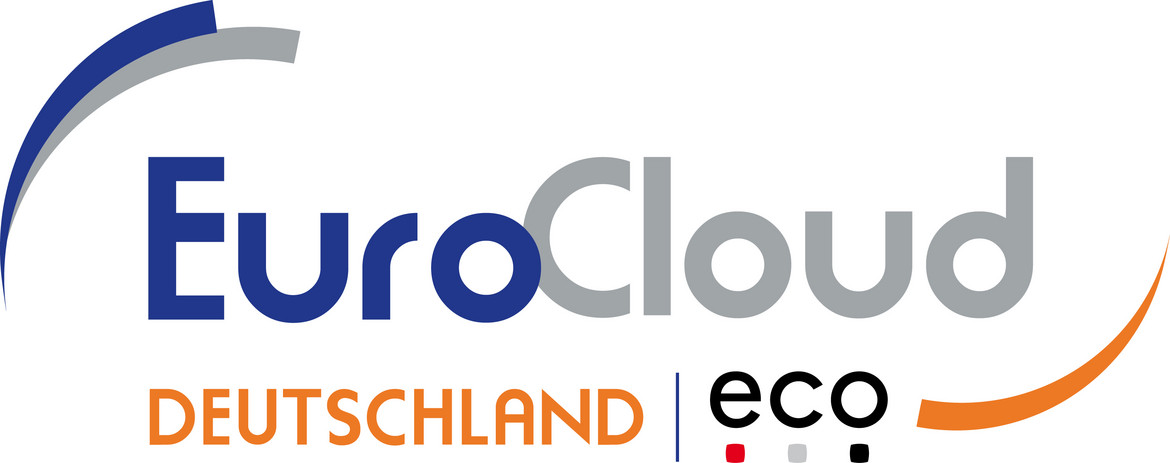Cloud Native: Giving Customers and Applications a Chance to Breathe
An interview with Heiko Henkes from ISG Germany and Dr. Nils Kaufmann, Head of EuroCloud Native on what’s needed to digitalize customer relationships and evaluate data-based product lifecycles effectively.

© Andy | istockphoto.com
Digitalizing customer relationships and evaluating data-based product lifecycles – whoever might consider using the public cloud, but only to save costs, is on the wrong track. How cloud native providers give customers and applications a chance to breathe. An interview by EuroCloud with Heiko Henkes, Director & Principal Analyst at ISG Germany, and Dr. Nils Kaufmann, Head of EuroCloud Native.
EuroCloud: What is it that really makes an IT service provider a cloud native provider?
Nils Kaufmann: Cloud native providers are essentially software companies that specialize in developing applications in the public cloud, for the public cloud. In other words, they make full use of the technological possibilities on the platforms of public cloud providers.
Heiko Henkes: What’s more, they contribute to the projects as business consultants, given that they’re so well acquainted with the contract and billing models of both the public cloud providers and hyperscalers. They continuously analyze and optimize their customers’ cloud native applications in order, for example, to optimize the cost-benefit ratio. A cloud native provider isn’t always the right partner for managing legacy applications from the old IT world. Ultimately, cloud native providers distribute “flyers” for hyperscaler infrastructure and platform providers in order to boost their uptake and to participate in this on a percentage or flat rate basis in the form of a service flat rate.
EuroCloud: What distinguishes cloud native applications?
Kaufmann: The applications are highly standardized and highly defragmented. For example, in such an architecture, the middlewares, back-ends, and front-ends of an e-commerce suite are loosely interlinked components. The advantage is that the software can be more easily customized to meet customer needs. In addition, the architecture is geared to dynamically self-adjust – always tailored specifically to needs, requirements, and workload.
Henkes: These applications are highly modular, adaptable, and fail-safe, which gives end users a better experience. Features like these may make software development complex and pricey. But the effort and expense pays off when it comes to the operation phase. In contrast to monolithic applications, such as an ERP system, cloud native software scales automatically, allocates resources autonomously, and thus saves costs.
EuroCloud: In such an agile world, how do cloud native providers make their money?
Henkes: Through their high level of specialization! Cloud natives automate, standardize, and virtualize everything that is possible via the public cloud. In this way, they use their know-how to tap into economies of scale, margins, and revenues...
Kaufmann: ...and that’s how they differ in turn, for example, from hosters who set up a Linux server for their customers and charge for the job on a one-off basis.
EuroCloud: And which jobs do cloud native providers charge for?
Kaufmann: They advise their clients, examine the existing application landscape, check transformation paths, and develop strategies.
Henkes: In addition, they bring applications to the public cloud, where they operate, maintain, and develop them – this is precisely what requires expertise and experts. With the hyperscalers introducing innovations and modifications on a weekly basis, it is important to constantly check their own cloud native applications to match the individual customer situation up with the new options and to make appropriate recommendations for action.
Kaufmann: What impact do modifications have? Do they make applications more expensive, slower, or perhaps even cheaper? And what should I recommend to my customers? As smart as the cloud native applications are in themselves, they must be managed and administered in a business-like manner so that they remain profitable for the clients.
EuroCloud: Speaking of profitability: How do customers earn money via the public cloud?
Kaufmann: More or less with data-based products, smart services, and digital services. And regardless of whether it comes down to Big Data, artificial intelligence, or the Internet of Things: where all of this comes into play is exactly where the cloud native applications create digital value – in the public cloud.
Henkes: Initially not at all per se, unless they use the burgeoning marketplaces to act as providers themselves. It is more a question of flexibility, the elasticity of IT services or products, and speed or innovative strength, with all of these aspects proving to be essential in an increasingly digital world with exponential IT growth and inventiveness. In most cases, business models today must be IT-based or have digital components. Investments in the IT landscape are investments in your own business or your own competitiveness. Anyone who sees IT as a pure end in itself, where the primary goal is to reduce costs, has not grasped the signs of the times. Nevertheless, modern, IT-based automation and the use of intelligent services can also save costs. This is ensured not only by serverless computing and AI or ML chips at hardware level, but also by public cloud billing cycles that are accurate to the minute or second.
EuroCloud: Why are companies hesitant in taking this on board?
Henkes: Because the technology itself is complex. For example, anyone who simply shifts legacy applications into the public cloud of their own accord (“Lift & Shift”) will end up wondering about the costs of operation...
Kaufmann: ...such monolithic applications simply cannot scale automatically. They do not have the intelligence to independently book processing and retention resources. While the standardized cloud native applications are agile and give room to breathe, legacy applications are rigid, inflexible, and unwieldy.
EuroCloud: What’s the solution here?
Henkes: To a certain extent, the legacy programs have to be deconstructed, broken down into their components, repackaged into microservices in line with individual workload streams, and modeled using container or serverless technologies.
Kaufmann: That way, the intelligence needed to ensure that software in the public cloud delivers optimum performance can also be brought into play.
EuroCloud: ISG Germany and EuroCloud Native (ECN) now want to make a strong case for Germany as a cloud native location. Why?
Henkes: We want to make the mostly small and young companies more visible. To this end, we are working together on a way to record, map, and evaluate the provider landscape in Germany.
Kaufmann: On the one hand, we help providers to establish their own standpoint and identify paths for their own entrepreneurial transformation. On the other hand, we support customers in finding and selecting suitable providers on the market.
Henkes: We are currently discussing which criteria and methods we will base this on – and this doesn’t just involve discussions between ECN and ISG, but also with the Cloud Native Initiative members. Ultimately, the providers should profit from the result while, at the same time, end user companies are to be put in a position to find the right partner depending on their circumstances and requirements.
EuroCloud: What are the distinguishing features of the local provider landscape?
Henkes: When it comes to technology and security and experience in dealing with new technologies, but above all when it comes to organizational maturity and cloud native management culture: the DACH region is further behind the USA, with Switzerland needing to do even a little more catching up due to its strong ‘Swissness’. The agility of US providers can’t be measured against the perfectionism of German entrepreneurs or the overriding requirements of local data retention and data sovereignty of Switzerland. As a result, companies in the US are simply trying things out, setting up their own departments for the public cloud, taking risks, and learning from mistakes.
Kaufmann: Which isn’t the case in Germany. Small and medium-sized companies are highly specialized, focus on their core business, and want to avoid every mistake per se. If companies aren’t familiar with a particular topic, they don’t take any risks and instead bring external partners on board.
Henkes: On this topic: the US hyperscalers also had to learn about this standard. This is precisely where the ECN can play an important role in the future, in order to bring the large public cloud providers even more into business with German SMEs.
Kaufmann: Because regardless of whether it’s customer relationships, business models, or product lifecycles – if you want to rethink your own value creation via IT and software and manage it in a modern way, there is no way around cloud natives.
Heiko Henkes is Director and Principal Analyst at ISG; in his role as Global IPL Content Lead, he is responsible for strategic business leadership and acts as a ‘thought leader’ for the ISG research team. His core competencies are in the areas of defining derivatives for all types of organizations within their IT-based business model transformation. He bridges IT trend topics and serves as a keynote speaker on current and future IT trends. Heiko has over 15 years of experience in the fields of IT consulting, primary and secondary market research, and GTM strategy providers. His research and consulting focus areas are: Digital Business Transformation, Cloud and Edge Computing, Mobile Business, Change Management and Mixed Reality.
Dr. Nils Kaufmann is Managing Director of the cloud startup Innovations-ON, Co-Founder of cloudbuddies, and a founder of the Cloud Native initiative. Based on his experience in the German cloud market, Kaufmann, together with EuroCloud, wants to strengthen networking among cloud native providers and create more visibility in Germany.
Please note: The opinions expressed in Industry Insights published by dotmagazine are the author’s own and do not reflect the view of the publisher, eco – Association of the Internet Industry.






